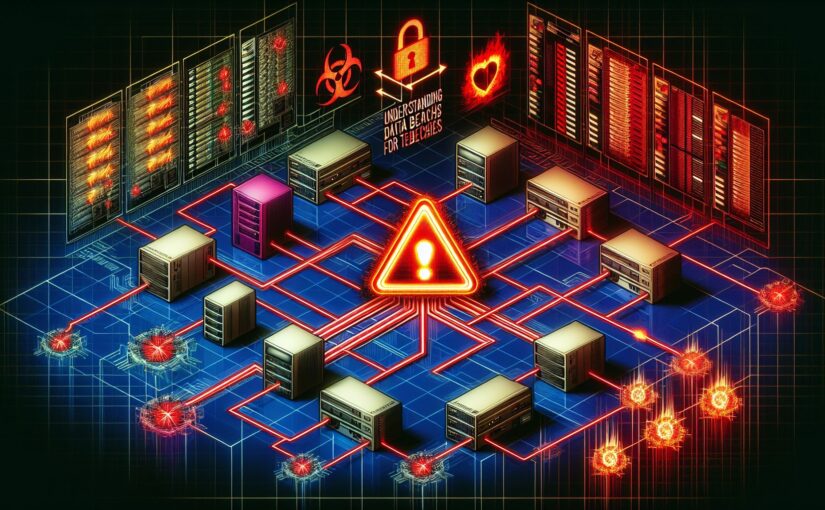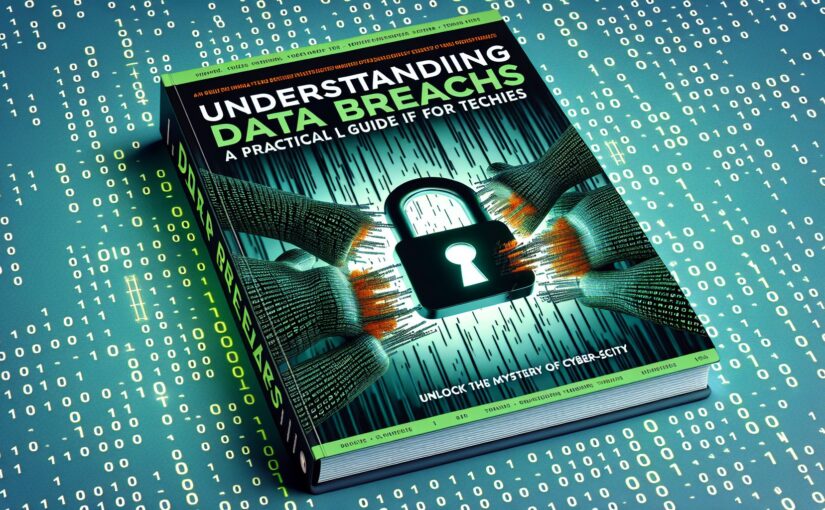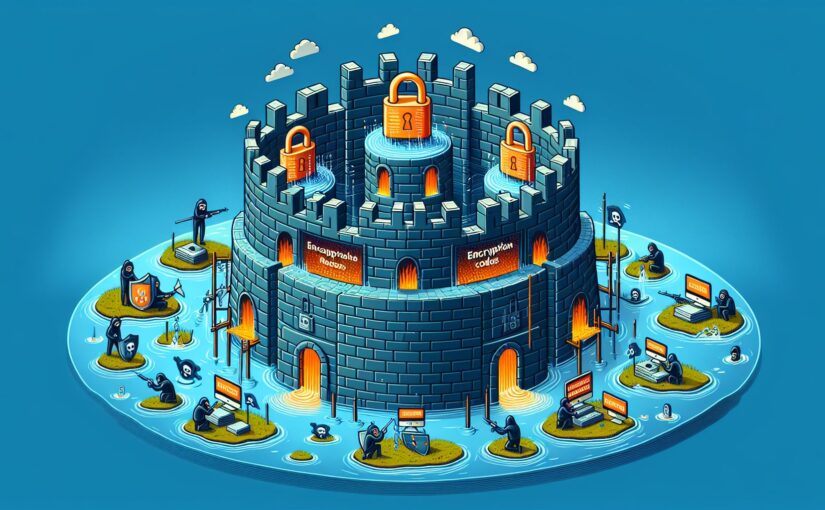Hey there techies! Let’s talk about something that might keep you up at night – data breaches. In today’s digital age, data breaches have become a common occurrence, with malicious actors constantly on the lookout for vulnerabilities to exploit. As a technical audience, it’s crucial for us to stay informed and take proactive measures to safeguard our data and protect our systems and networks. So, grab a cup of coffee and let’s dive into the world of data breaches.
What is a Data Breach?
First things first – what exactly is a data breach? A data breach is a security incident where sensitive, confidential, or protected information is accessed, disclosed, or stolen without authorization. This can happen through various means, such as hacking, phishing, malware, or social engineering. The consequences of a data breach can be severe, ranging from financial losses and reputational damage to legal implications and regulatory fines.
Why Do Data Breaches Happen?
Data breaches can occur for a multitude of reasons, but they often stem from vulnerabilities in systems and networks that are exploited by cybercriminals. These vulnerabilities can be due to outdated software, weak passwords, misconfigured settings, or human error. Additionally, the rise of remote work and the increasing reliance on cloud services have expanded the attack surface for cybercriminals, making organizations more susceptible to data breaches.
How Can You Prevent Data Breaches?
Preventing data breaches requires a multi-faceted approach that combines technological solutions, security best practices, and user awareness. Here are some key steps you can take to protect your data and mitigate the risk of a data breach:
- Implement robust cybersecurity measures, such as firewalls, antivirus software, and intrusion detection systems.
- Regularly update software and operating systems to patch security vulnerabilities.
- Use strong, unique passwords for all accounts and enable multi-factor authentication where possible.
- Secure sensitive data with encryption and access controls to limit unauthorized access.
- Conduct regular security assessments and penetration testing to identify and address potential vulnerabilities.
- Educate employees on cybersecurity best practices and the importance of data security.
By taking these proactive measures, you can significantly reduce the likelihood of a data breach and safeguard your organization’s valuable data.
What to Do in Case of a Data Breach?
Despite your best efforts, data breaches can still happen. In the event of a data breach, it’s essential to act swiftly and decisively to minimize the impact and protect your data. Here are some steps you should take if you suspect a data breach:
- Notify your IT team and security incident response team immediately to investigate the breach.
- Secure affected systems and networks to prevent further unauthorized access.
- Communicate with affected parties, such as customers and employees, about the breach and provide guidance on how to protect their information.
- Cooperate with law enforcement and regulatory authorities to report the breach and comply with any legal requirements.
- Conduct a thorough post-breach analysis to identify the root cause of the breach and implement measures to prevent future incidents.
By following these steps, you can demonstrate transparency, accountability, and diligence in responding to a data breach and protecting your organization’s data integrity.
Conclusion
In conclusion, data breaches are a prevalent threat in today’s digital landscape, and it’s crucial for technical professionals to stay vigilant and proactive in securing their data and systems. By implementing robust cybersecurity measures, educating employees on cybersecurity best practices, and responding effectively to data breaches, you can mitigate the risk of a breach and safeguard your organization’s critical information. Remember, prevention is key, but preparedness is equally essential in the fight against data breaches. Stay informed, stay secure, and stay safe out there in the digital wilderness!









